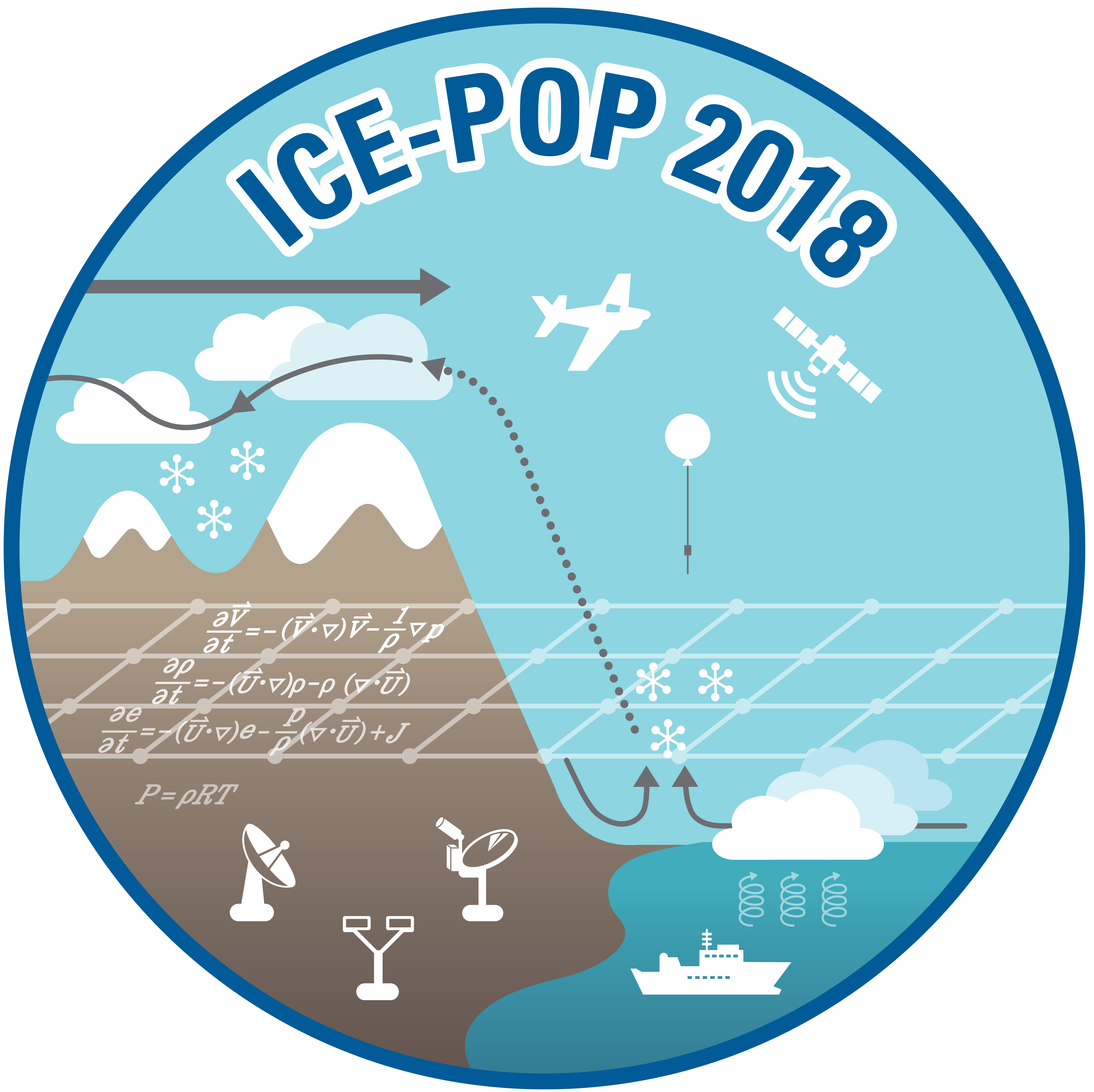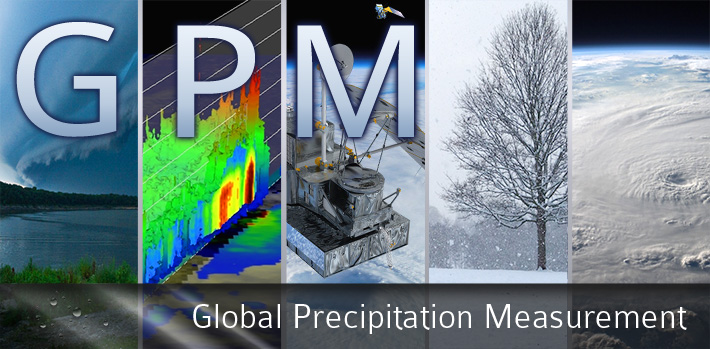ICE-POP 2018 - South Korea Winter Olympics

|
The International Collaborative Experiment for Pyeongchange Olympic
and Paralympics (ICE-POP) and was held in South Korea in February 2018.
The NASA GPM Ground Validation program assisted the Korean
Meteorological Administration (KMA) with the execution of the
International Collaborative Experiment for the Pyeongchang Olympics and
Paralympics (ICE-POP) 2018 field campaign. GPM is provided ground-based
instruments for forecast and research studies before, during and after
the 2018 Winter Olympic Games (February 9-25, 2018), which was held
in Pyeongchang, South Korea. ICE-POP has provided GPM ground validation
valuable data better understanding frozen and mixed phase precipitation in
complex terrain. GPM radars and ground instruments were used for both
nowcasting and forecasting support during Olympics operations.
|
ICE-POP Observations
|

|
|
Quick Links
|
NASA Instrumentation
NASA provided support for field operations of disdrometers (Parsivel),
Micro Rain Radars (MRR), and NASA's Precipitation Imaging Processor (PIP).
An initial suite of GPM ground validation equipment arrived at the
Daegwallyeong Weather Station, South Korea, in early May 2017 for
initial testing as part of the Korean Meteorological Administration
(KMA)-led International Collaborative Experiment - PyeongChang Olympics
Paralympics (ICE-POP) domain. ICE-POP coincided with and supported the
2018 Winter Olympics.
Dual-polarization, Dual-frequency, Doppler Radar (D3R)
D3R is a NASA owned and operated Ka/Ku dual-polarization Doppler mobile radar. D3R's
first deployment was to participate in the GCPEX field campaign in Canada. D3R was
also deployed in central Iowa for the IFloodS field campaign in the Spring of 2013.
Parsivel (APU) Disdrometer Data
Micro Rain Radar (MRR)
Send questions or suggestions to
David B. Wolff
|








